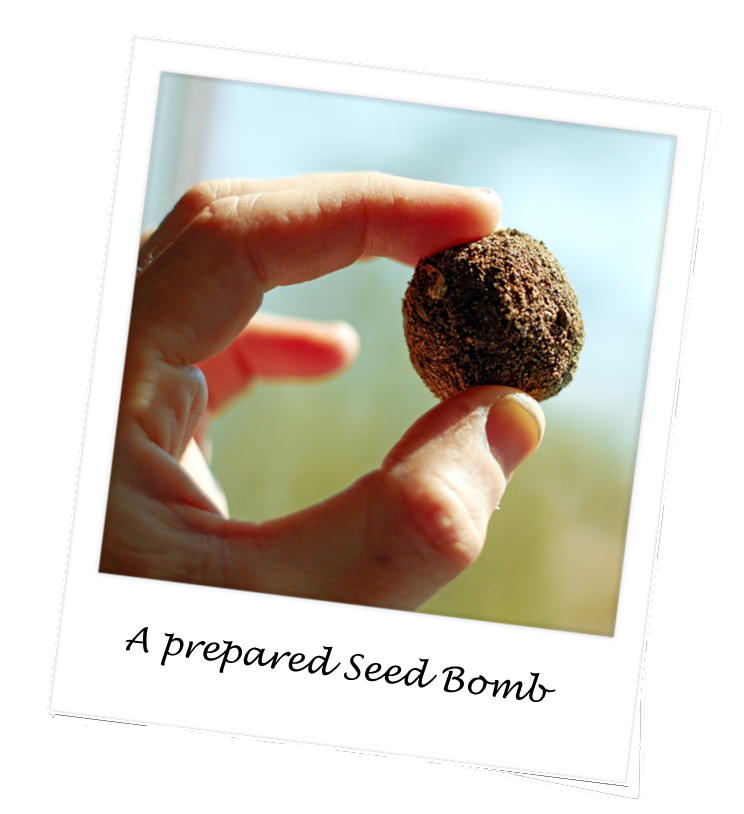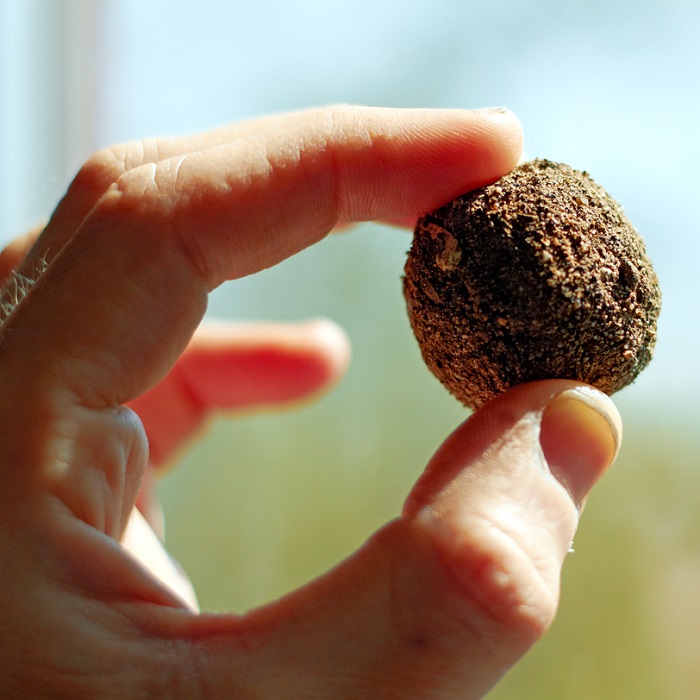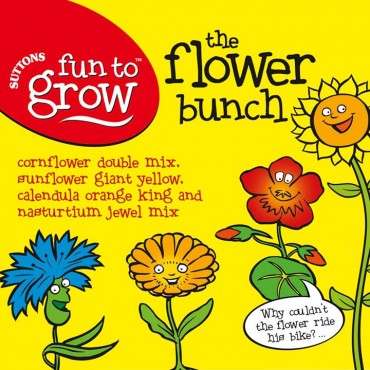
(For starting in March – April)
Seed bombs are not only great fun for the children to make and scatter but are also an ideal way to bring some life to any hard to reach or barren areas. Perhaps the corner of the school playing field or the back of the playground? Or maybe the children would like to take their seed bombs home for their own gardens?
Great fun can be had putting the right name to the right flower!
A whole lesson can be structured around the different insects and birds attracted by the different flowers.
Our Seed Bomb Kits, featured below, include enough seed to make about 35 seed bombs per kit.

How seed bombs work
A seed bomb is a ball made of compost mixed with flour and water into which seeds have been embedded. Once the bomb has been thrown and the seeds have begun to germinate the bomb will slowly break apart. The soil will then provide a base for the seeds to start growing.
April to June is the time for seed bomb making!
Once you’ve chosen and ordered your seed mix below you just need to source some flour and compost. Oh and maybe some plastic aprons – things could get messy!
- Butterflies & Bees Mix – create a garden party for pollinators. This unique mix of perennial flower seed varieties will help to maintain biodiversity.
- Patio Mix – a stunning mixture of vibrant wildflowers flowers (30-40cm tall) in welcoming colours.
- Perennial Mix – flowers that give a stunning display year after year.
- Shade Mix – to brighten even the darkest corners
- Annual Mix – fabulous flowers in just 40 to 50 days
- Fragrant Mix – tossing the bombs near a seating area or letting the children take them home as presents is perfect for bombs made from this aromatic mix.
Seed Bomb Recipe
You will need:
- 1 tub of your chosen variety of flower seeds
- General purpose compost
- Cheap flour
- Water
- Plastic aprons
- Landowner’s permission to throw the bombs!
Method:
- Empty the seed tub into a bucket
- Fill the empty seed tub with compost and add to the bucket. Do this 3 times. Stir to mix everything together
- Fill the empty seed tub with flour and empty into another container. Add water and stir. Repeat until you have a gloopy mixture, i.e. glue!
- Add the flour and water mixture to the compost and seed and mix it all together
- Now the bombs can be formed – perhaps each child would like to make their own? The mix just needs to be gently rolled in the hand to form a golf-ball sized ball
- Place the balls in a tray or box and allow them to dry for 24 hours
- Everyone outside now to throw, toss, roll or simply scatter their bombs – unless they are taking them home!
Tips for Success!
- Ideally, seed bombs should be made the day before rain is forecast and then cast 24 hours later – hopefully before the rain has started! If it doesn’t rain then no matter, the seeds will be fine for a few days
- Instead of the children all making round bombs perhaps they could get creative and make different shapes?
- If you are concerned that birds will eat the seeds then add a little paprika to the mix. It won’t hurt them but they don’t like it!
- In winter, when they need some help, the birds will appreciate some seed bombs containing bird seed





Is it ok for birds to eat the flour and compost mix?